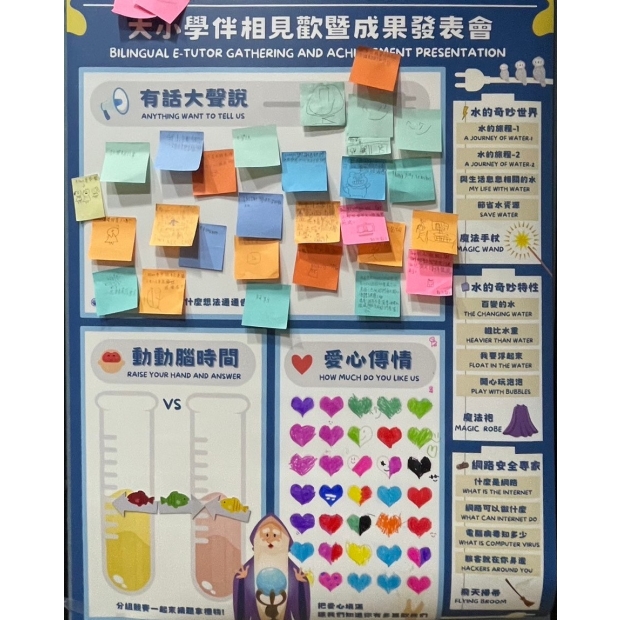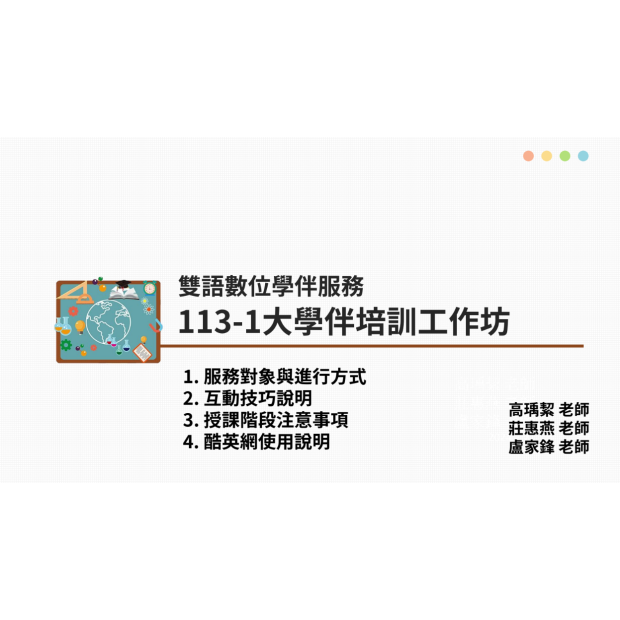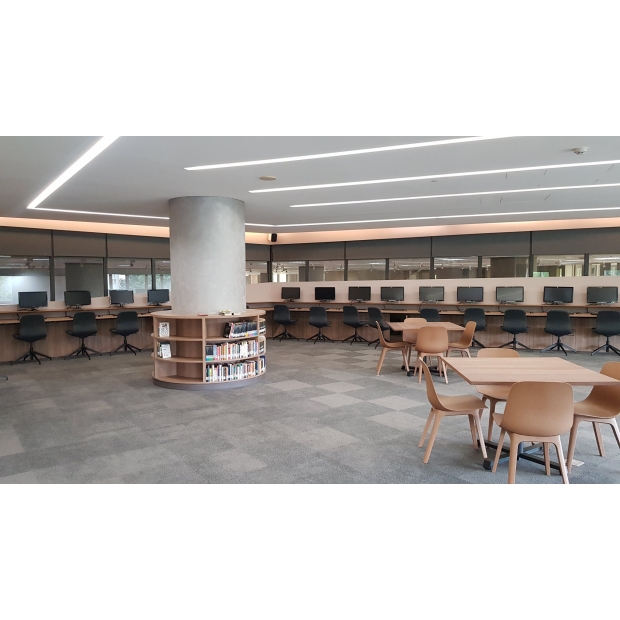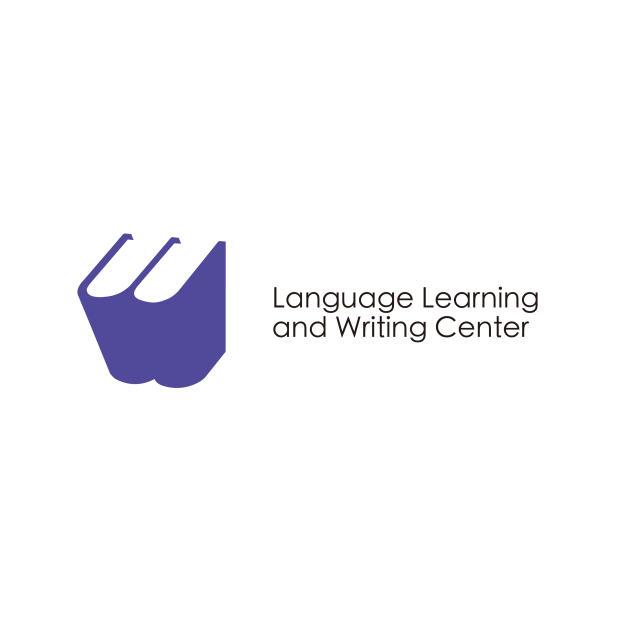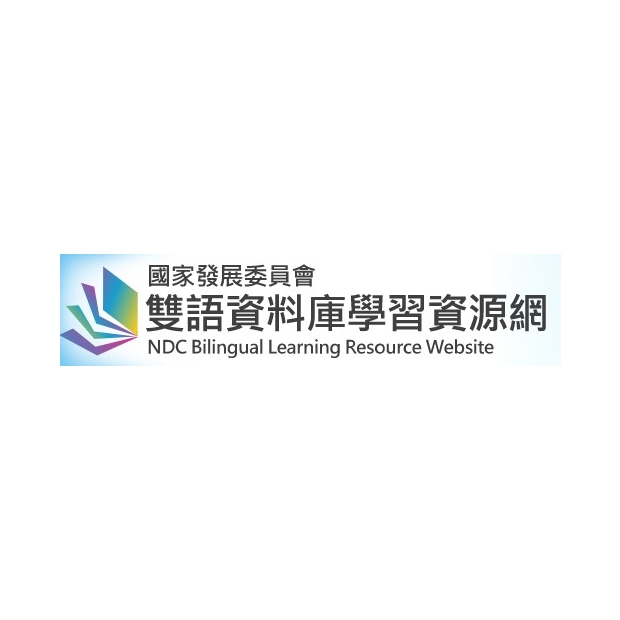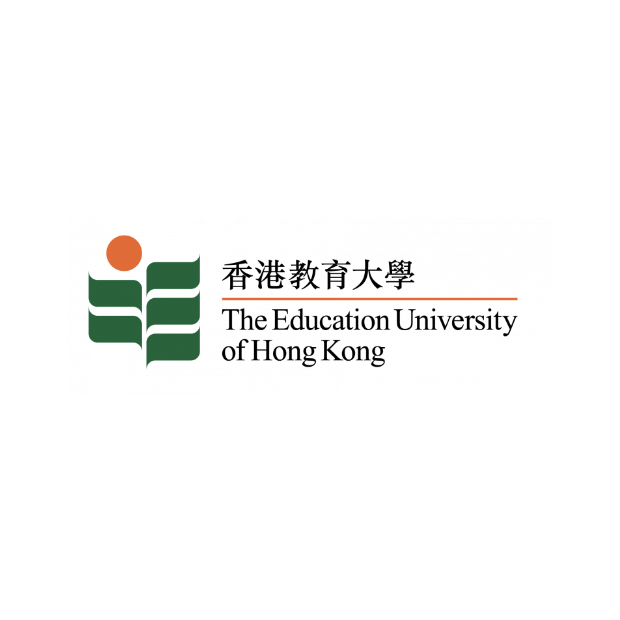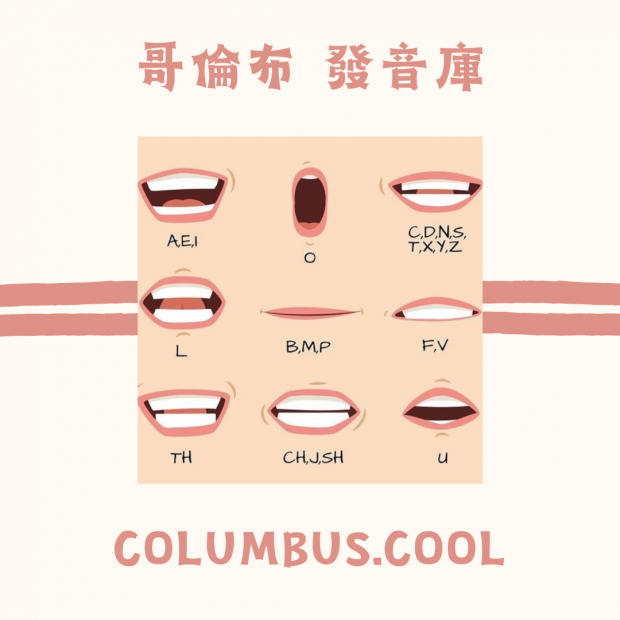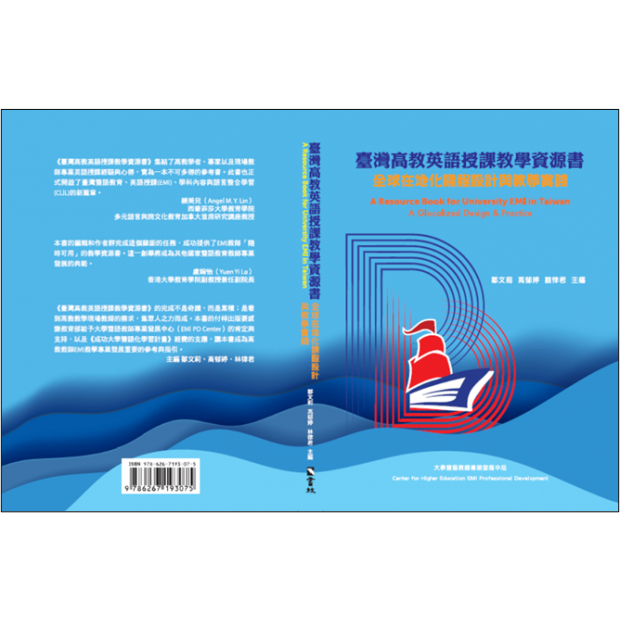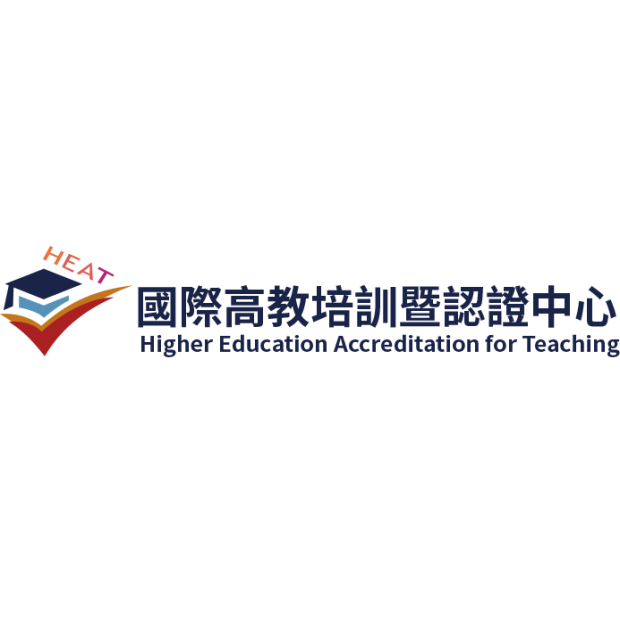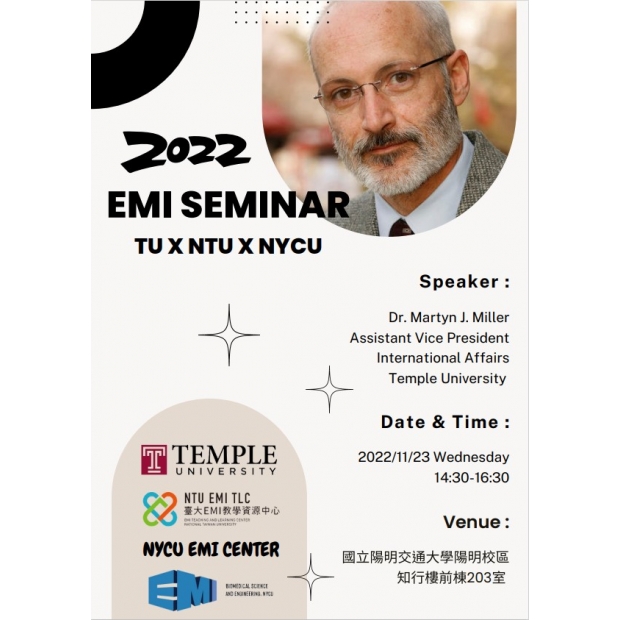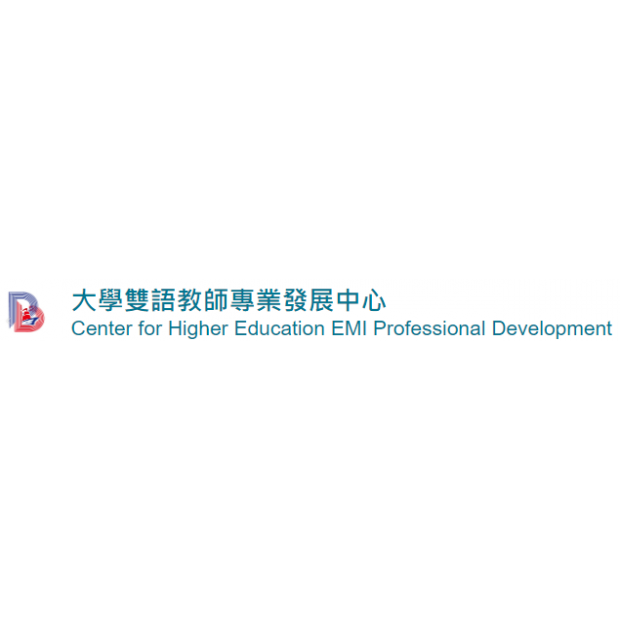TU X NTU X NYCU EMI SEMINAR
TM x NTU x NYCU EMI SEMINAR
歡迎天普大學副校長MARTYN JOHN MILLER、臺大雙語教育中心與臺大EMI教學資源中心來訪陽明交通大學,進行EMI學術研討會
Time:
Nov 23, 2022(Wed.) 14:30-17:30
Venue:
Zhi Xing Building (front) room 203
Sharing:
Temple experience
Why bilingual education?
Divergent thinking, memory, reasoning, and problem-solving abilities
Awareness and appreciation of different cultures
Flexibility, adaptability, and openness in attitude
Globalization: language learning is central to politics, economics, history, and education
Concerns
Can we really trust current English proficiency tests (TOEFL, CEFR, IELTS, etc.)?
They could be biased.
Students with high test scores can’t really deliver their professional knowledge in English.
Is money the best motivation?
It won’t be sustainable.
International personnel costs more than local personnel
Does the government have a commitment to them?
Is CEFR B2 level enough for students to take EMI courses?
B2 is only daily conversation; C1 is more suitable for most academic studies, because C1 students
Speak English fluently and spontaneously
Do not see English as intimidating
Why don’t we start preparing students for B2 level at high school, and help them reach C1 level in the first year of university?
Temple’s strategies
For faculty development
Improve faculty on English proficiency and pedagogy: extended pedagogy workshops
1 to 2 days, for more than 2 hours/each, conducted in English
Not just teach English, but also pedagogy
Peer teaching with foreign faculty member
Classroom observation through objective, non-threatening methods
When an outsider walks in the classroom, it really scares both the students and the teacher.
Provide resources on teaching international students
Making teaching award winners mentors
For students’ language proficiency
2 day intensive orientation
Student leadership: encourage students to lead something
International Student Advisory Board
Temple Student Government
Student Worker Positions
International students’ working opportunity
Student Success Center
(Low stress/ must speak English)
Language Tutor
Writing and Research Retreats
Academic coaching
Conversation hours
International coffee hours (the problems they’re facing in their countries right now)
Open discussion
Question: Although at least 60% of students in NYCU reach CEFR B1 level, students’ English proficiency is still one big challenge in EMI courses. Any good strategy for this?
In their freshman year, spend more time/ put more English language courses in the curriculum to enhance their English proficiency.
Peer teaching: students learn more from their classmates
What Temple did: intensive 4-week language training before the semester begins for those with lower English proficiency
It’s conditional.
Statistics have shown that it’s enough to help them go through EMI courses
Ideally no more than 15 students/per class; maximum 18 students; with 1 instructor
Question: How can we find an EMI teacher’s true passion or motivation?
Select high motivated EMI teachers
Question: How do we encourage students? How can we use all these resources to maximize the impact?
Many medical students think that they’ll eventually be serving local people, so they don’t care about being bilingual or not.
They’ll need to speak not only Mandarin, but also dialects, Hakka, etc. There stands the importance of picking up another language.
To maximize the impact of all the resources, think about collaboration.
Lots of students from NYCU Hsinchu campus (most with engineering background) want to work abroad/in an international company, which serves as a good incentive
Students care about their professional development outcomes, so tell them how much money they can make by adding a language
Suggestion: immerse students more in the bilingual environment
Open EMI classes consistently (every semester)
Use english to study
Question: In Taiwan, the students are not ready to become bilingual yet, but the government is pushing. Has Dr. Miller observed any similar situation in other universities?
Dr. Miller: I don’t really have this kind of experience. But, Canada is the model. It’s been only 20~30 years for them to come this far, becoming bilingual. We need to learn from them.
Different motivation
Canada (supporting environment)
Has a national definition of “bilingual”
Government employees need to pass French tests
Collected resources
Taiwan (top-down policy)
Money from government is not stable/ sustainable
“You can give me lots of money but you can’t buy Chinese out of me.”
Do people really need English in Taiwan?
Suggestion: The nation needs to embrace this policy as a whole, and to accept English as a second language. Until then, promoting EMI courses won’t be easy.
Suggestion: to create EMI teaching awards
For teachers who really generate impact to the society
Sharing: challenges in NTU
Although student’s English proficiencies are better, NTU still works on improving it
全英培力課程: teach about the foundation of language
Activities to create bilingual environment: English corners, workshops, etc
3MT competition
Authorized by University of Queensland
Participants are coached 1 by 1
The winner goes to Australia for further competition
These activities are actually quite popular: about 4,000 students participated
NTU doesn’t intend to separate students from faculties. These activities are for both the students and the faculty
Real challenge: finding those students who have the potential/ they don't have the opportunity to show their potential
Question: Speaking of motivated/ not-motivated/ likely to be motivated students, what kind of students should we focus on in the long run?
Ans: students who are likely to be motivated
We aim for the potential, see it as an investment.
Suggestion: when the problem goes back to the policy maker
The KPI of current policy is not realistic. 10 years is not enough to achieve it.
Communicate or negotiate with the government side/ speak up to MOE
Education is an economic engine. Show them how the BEST program will bring in money.
The USA has realized that education is a business. Economic impact indicators are made to prove that point. It took almost 20 years for the USA to bring industry in, then the money will speak up. (Reference: 2022 Economic Report of the United States)
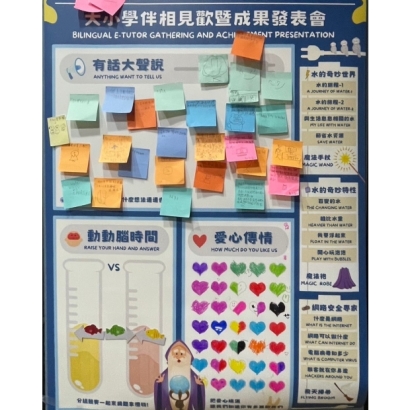 112-2實體相見歡暨成果發表會
112-2實體相見歡暨成果發表會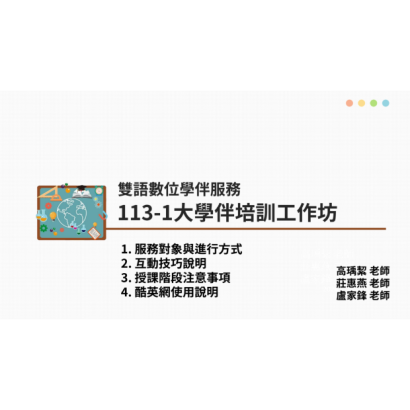 113-1大學伴培訓工作坊
113-1大學伴培訓工作坊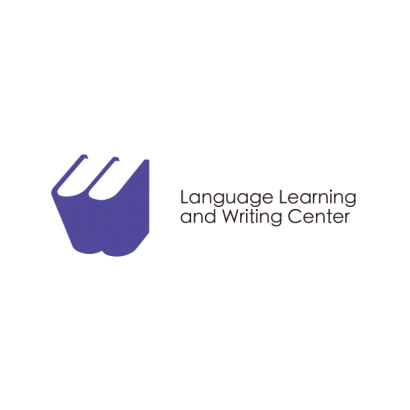 語言學習與寫作中心相關工作坊與英語諮詢 Workshops and English Consultation
語言學習與寫作中心相關工作坊與英語諮詢 Workshops and English Consultation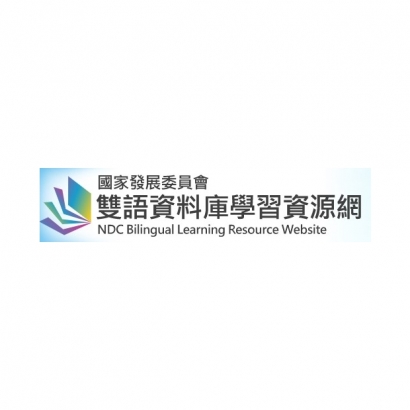 國家發展委員會雙語資料庫學習資源網 NDC Bilingual Learning Resource Website
國家發展委員會雙語資料庫學習資源網 NDC Bilingual Learning Resource Website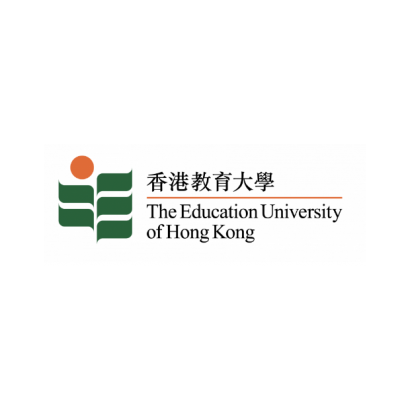 香港教育大學 The Education University of Hong Kong
香港教育大學 The Education University of Hong Kong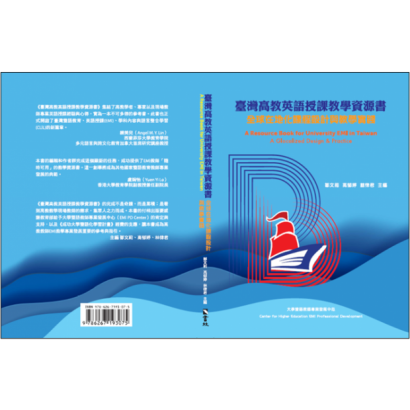 臺灣高教英語授課教學資源書-- 全球在地化課程設計與教學實踐 A Resource Book for University EMI in Taiwan: A Glocalized Design & Practice
臺灣高教英語授課教學資源書-- 全球在地化課程設計與教學實踐 A Resource Book for University EMI in Taiwan: A Glocalized Design & Practice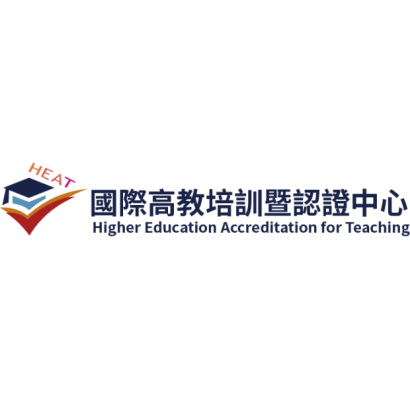 國際高教培訓暨認證中心 Higher Education Accreditation for Teaching
國際高教培訓暨認證中心 Higher Education Accreditation for Teaching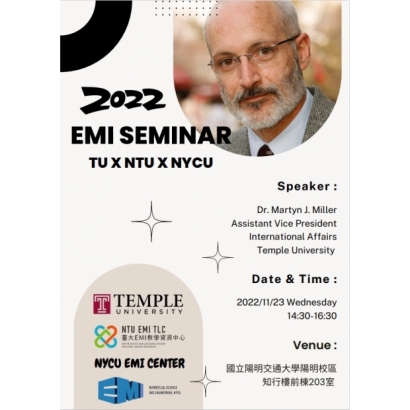 TU X NTU X NYCU EMI SEMINAR
TU X NTU X NYCU EMI SEMINAR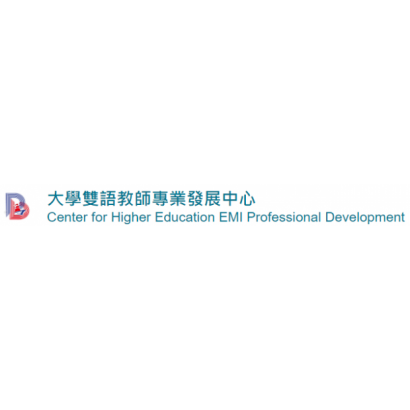 大學雙語教師專業發展中心 Center for Higher Education EMI Professional Development
大學雙語教師專業發展中心 Center for Higher Education EMI Professional Development
